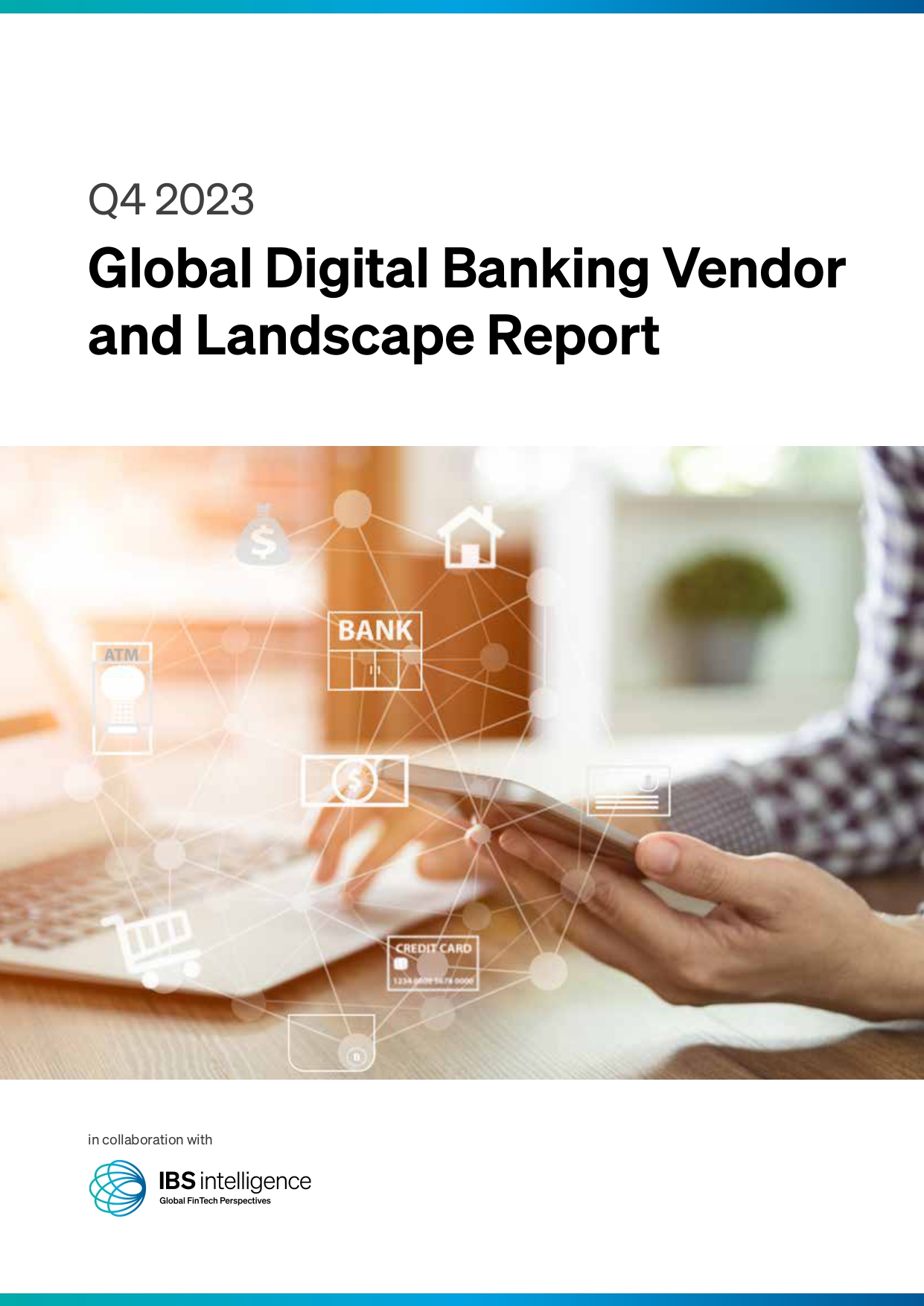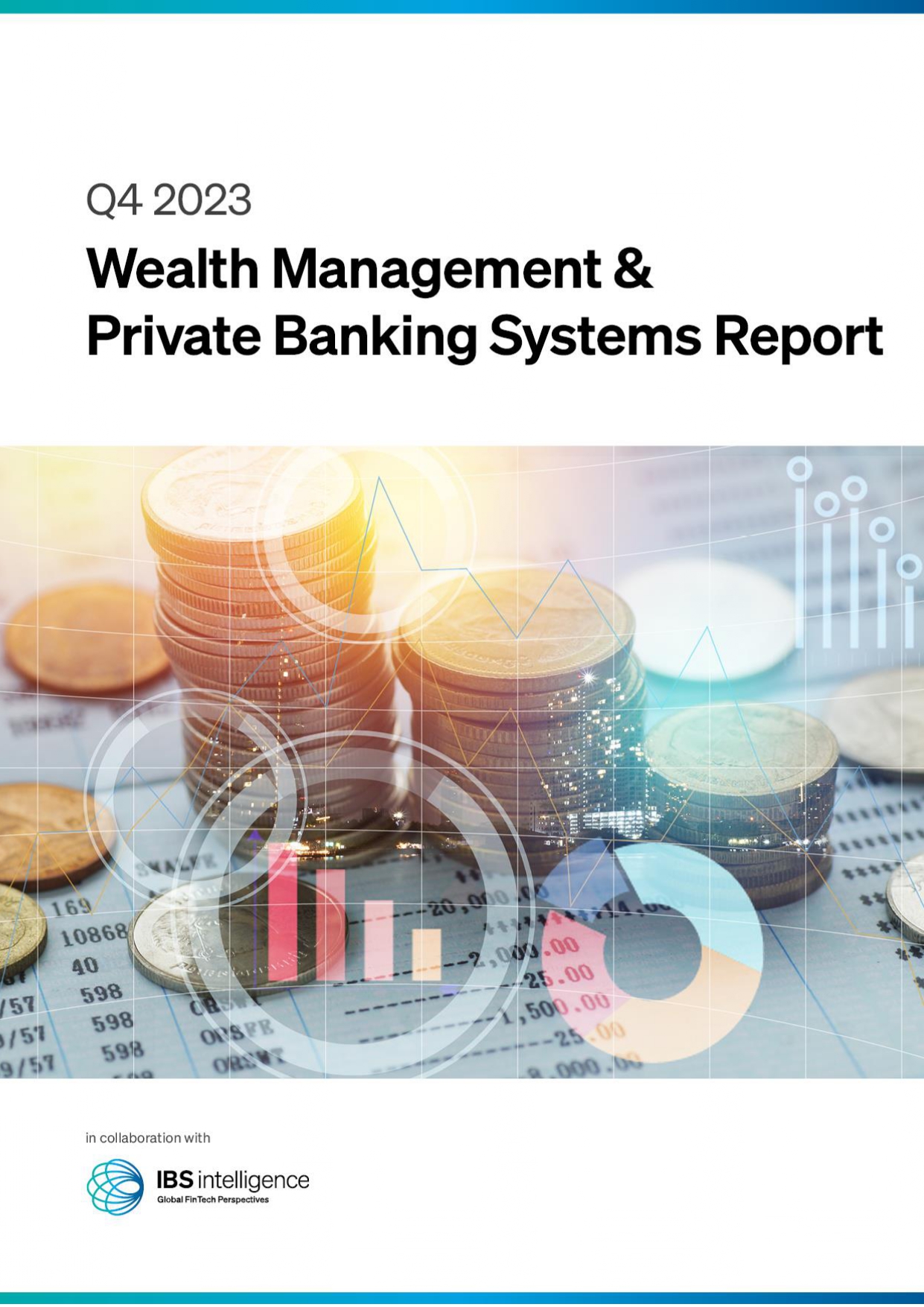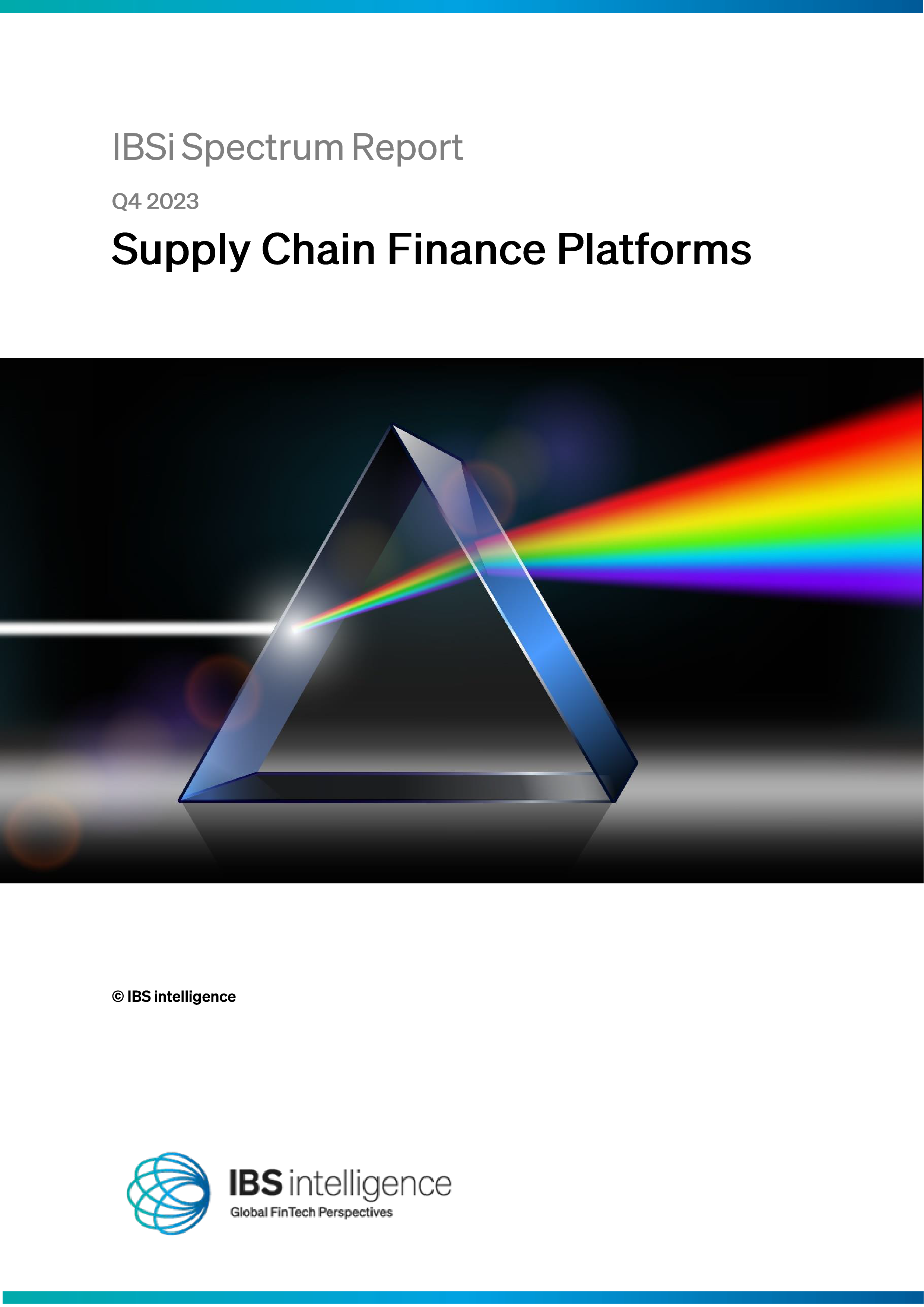How to achieve growth and strengthen resilience using automated AR and digital payment

Times are challenging for businesses of all shapes and sizes as we enter the second half of 2023. Market volatility and slowing growth are being driven by high inflation and interest rates, economic instability, and geopolitical pressures, on a micro and macroeconomic level.
By Marco Eeman, Managing Director, Europe, Billtrust
Only resilient companies will flourish, but the IMF warned of the increased risk of a ‘hard landing’ for the global economy just last week. It predicted a 25% chance that the annual global growth rate could fall below 2% this year – double its normal level.
For businesses to rise to these challenges, companies across all industries are taking a good look at their income and expenditure. Those that will ultimately succeed recognise that it is not simply cash flow that businesses should pay attention to, it’s how that cash is flowing.
Drive growth during uncertain times
A well-executed, automated accounts receivable process can positively impact a company’s cash flow, working capital efficiency, customer relationships, risk management, and financial decision-making. By optimising this process, a company can enhance its financial stability, profitability, and long-term success, even in an extremely challenging economic climate. Digital payment systems can also deliver a series of interesting advantages.
Increased efficiency and faster cash flow
Automated AR and digital payment systems streamline financial transactions by automating processes, reducing paperwork, and minimising manual errors. This efficiency leads to cost savings and allows businesses to allocate resources more effectively, contributing to improved profitability.
Timely and efficient invoicing and collections are crucial for maintaining a healthy cash flow, which has never been more important than it is now, as it allows companies to meet their financial obligations such as paying suppliers and employees. Digital payments enable companies to receive funds quickly, accelerating their cash flow. Compared to traditional payment methods like wire transfers, digital payments are processed in real-time or with minimal delay, ensuring faster availability of funds. A robust AR solution also automates collections tasks so any overdue invoices are sorted out faster, freeing up time that can be used in more value-adding spaces.
Expanded customer base and global reach
Streamlining the invoicing process can help foster positive client relationships and prove reputationally beneficial. An automated approach will simplify the invoicing process and minimise errors. Also, by accepting digital payments, companies can tap into a broader customer base. Many consumers prefer the convenience and security offered by digital payment methods such as credit cards, mobile wallets, and online banking. By accommodating these preferences, businesses can attract and retain more customers, leading to increased sales and profitability.
Automated AR solutions and digital payment systems facilitate international transactions and enable businesses to expand their operations across borders. Companies can easily accept payments from customers in different countries, opening up new markets and revenue streams. This global reach enhances business resilience by diversifying customer bases and reducing dependence on specific markets.
Data insights and cost reduction
Digital and automated payment and AR systems, and the added use of AI-powered tools, generate vast amounts of transactional data which enable companies to make data-driven, risk-adjusted decisions that reflect current circumstances and offer more control during a period of significant uncertainty. By leveraging analytics and data mining techniques, companies can gain valuable insights into customer behaviour, spending patterns, and preferences. These insights can inform strategic decisions, such as targeted marketing campaigns, personalised offers, and product/service enhancements. By leveraging data, businesses can optimise their operations, tailor their offerings, and boost profitability.
Automated AR not only allows companies to optimise their way of working, but it also allows companies to save paper, printing, and postage costs and eliminate expenses associated with physical checks, cash handling, and manual reconciliation. Moreover, digital payments can automate recurring billing processes, reducing administrative overhead and improving operational efficiency.
Choosing the right solution
Businesses must focus on compatibility when looking for a modern AR provider and make sure the solution is integrated with the open Business Payment Network (BPN) and interoperable with the larger payments ecosystem. It’s also important to work with an AR partner that has an in-depth understanding of evolving payments legislation. For example, EU laws are currently changing: in December the EU published the VAT in the Digital Age (ViDA) directive which will mandate e-invoices. It’s crucial businesses implement processes that are fully compliant with all relevant trading laws and choose tech solutions that help, not hinder this.
Conclusion
Digital payments offer numerous advantages that can contribute to building resilience and driving profits for companies. By embracing digital AR systems, businesses can improve efficiency, accelerate cash flow, access a larger customer base, expand globally, enhance security, gain valuable data insights, and reduce costs,
IBSi News
- Daily insightful Financial Technology news analysis
- Weekly snapshots of industry deals, events & insights
- Weekly global FinTech case study
- Chart of the Week curated by IBSi’s Research Team
- Monthly issues of the iconic IBSi FinTech Journal
- Exclusive invitation to a flagship IBSi on-ground event of your choice
IBSi FinTech Journal

- Most trusted FinTech journal since 1991
- Digital monthly issue
- 60+ pages of research, analysis, interviews, opinions, and rankings
- Global coverage
Other Related Blogs
December 19, 2023
Digital Disruption: How FinTechs Are Outpacing Traditional Banks in Trade Finance
Read MoreRelated Reports

Sales League Table Report 2023
Know More
Global Digital Banking Vendor & Landscape Report Q4 2023
Know More
Wealth Management & Private Banking Systems Report Q4 2023
Know More
IBSi Spectrum Report: Supply Chain Finance Platforms Q4 2023
Know More

